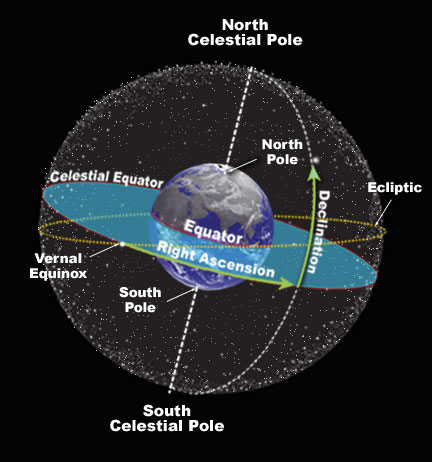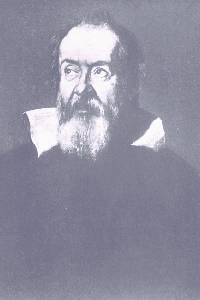One hundred and fifty-eight years ago today, Percival Lowell was born, and I for one am glad of it. You see, having been born into an aristocratic family and becoming passionate about astronomy, Percival Lowell founded the Lowell Observatory of Flagstaff, Arizona. Originally, Lowell built the observatory in 1894 to study Mars, in the hopes of conclusively supporting the idea that there were canals where alien life forms were growing large amounts of vegetation. Lowell spent fifteen years studying the surface of Mars, carefully drawing out the surface details, inclusive of the canals he was so convinced existed there; however, he was wrong about the existence of the canals, but that was not the end of his searching the night sky. During the time that Percival Lowell was actively observing the night sky, Newtonian physics (combined with Kepler's Laws of planetary motion) had been able to successfully predict the orbital motions of the planets, accounting for the gravitational effects of neighboring celestial bodies. Thanks to Lowell's background in mathematics, he was able to notice orbital discrepancies in the motions of Uranus and Neptune, suggesting the presence of another planet beyond them. Unfortunately, Lowell died in 1916, before his predictions of another planet could be fulfilled in 1930 by Clyde Tombaugh with the discovery of Pluto at the Lowell Observatory.
 In 1896, the Lowell Observatory's most iconic telescope arrived, the Alvan Clark Refractor, more commonly called the Clark Telescope. This telescope is among the largest telescopes of its generation, being the first permanent telescope of the Lowell Observatory. It has two 24 inch lenses, encased in a rolled steel tube measuring 32 feet long, and weighs an impressive six tons when including all of the moving parts! Percival himself did his research of Mars and planet X on the Clark Telescope. Other notable research that has been conducted on the Clark Telescope includes V.M. Slipher's galaxy research (Slipher was the first to be able to detect the radial velocities of galaxies!) and detailed mapping of the Moon during the sixties by U.S. Air Force and Lowell cartographers. Interestingly, the Clark Telescope is still in use today, giving visitors to the observatory a chance to look into the night sky through the same telescope used by Lowell and Slipher! Being a private entity, Lowell Observatory is currently trying to raise enough money to refurbish the Clark Telescope so that many more people can have the chance to look through a piece of astronomical history and gaze in wonder at the sights it unveils. If you'd like to help them in their quest to refurbish the Clark Telescope, or would just like to get more information about anything Lowell, you'll find links in the sources below.
In 1896, the Lowell Observatory's most iconic telescope arrived, the Alvan Clark Refractor, more commonly called the Clark Telescope. This telescope is among the largest telescopes of its generation, being the first permanent telescope of the Lowell Observatory. It has two 24 inch lenses, encased in a rolled steel tube measuring 32 feet long, and weighs an impressive six tons when including all of the moving parts! Percival himself did his research of Mars and planet X on the Clark Telescope. Other notable research that has been conducted on the Clark Telescope includes V.M. Slipher's galaxy research (Slipher was the first to be able to detect the radial velocities of galaxies!) and detailed mapping of the Moon during the sixties by U.S. Air Force and Lowell cartographers. Interestingly, the Clark Telescope is still in use today, giving visitors to the observatory a chance to look into the night sky through the same telescope used by Lowell and Slipher! Being a private entity, Lowell Observatory is currently trying to raise enough money to refurbish the Clark Telescope so that many more people can have the chance to look through a piece of astronomical history and gaze in wonder at the sights it unveils. If you'd like to help them in their quest to refurbish the Clark Telescope, or would just like to get more information about anything Lowell, you'll find links in the sources below.Further reading and Sources:
The Clark Telescope on FB
Lowell History
News at Lowell
Restore the Clark
Sea and Sky






